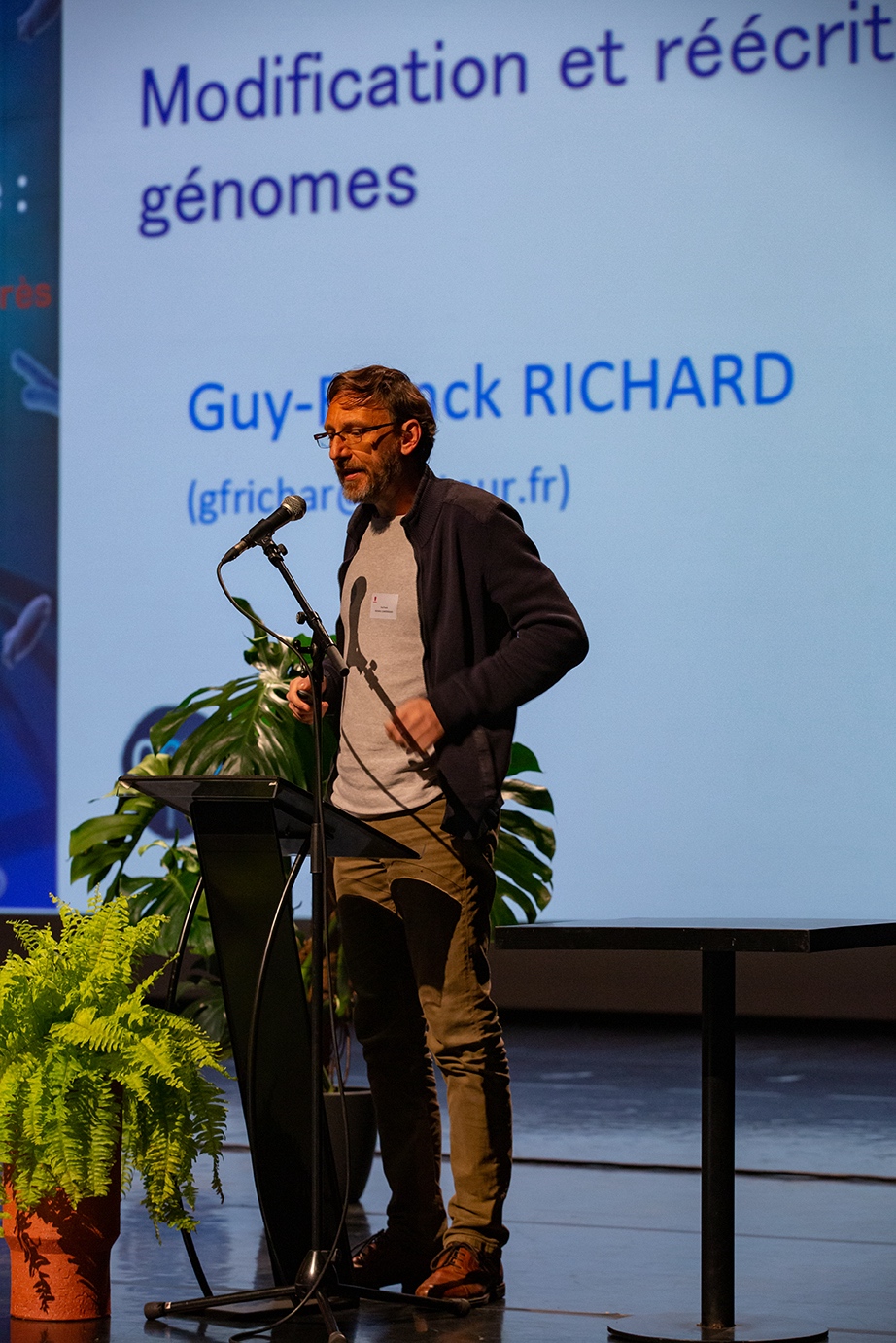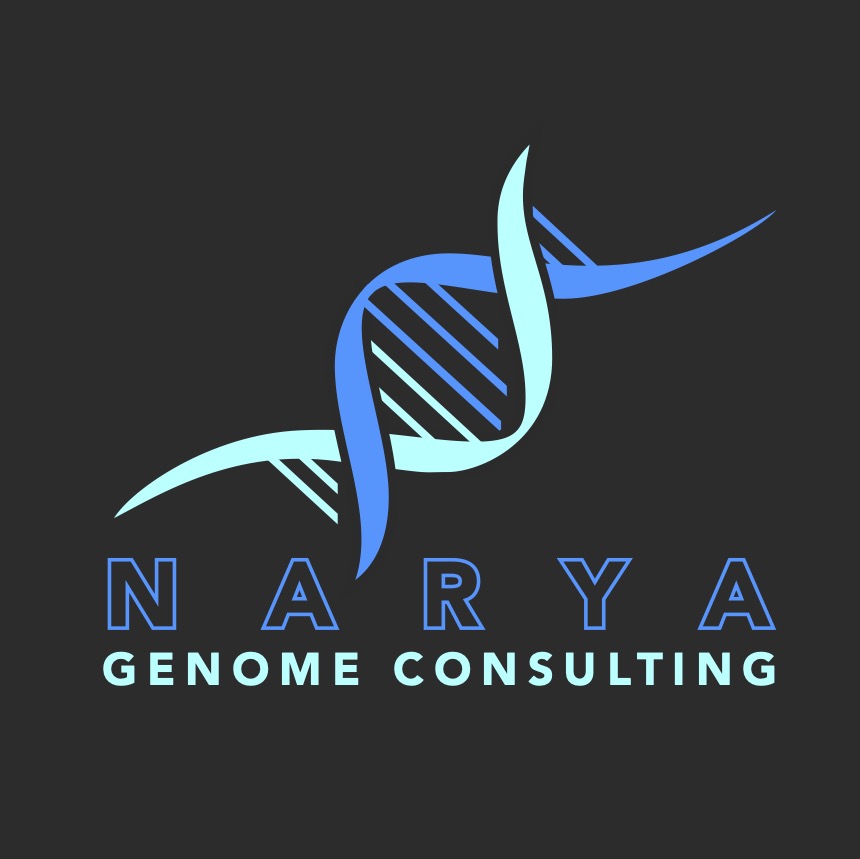
GENOME EDITING PROJECTS AND CONFERENCES
CURING STEINERT DISEASE WITH THE HELP OF THE GROUPAMA FOUNDATION
Steinert disease is a genetic and hereditary condition that mainly affects the muscles, causing difficulty in releasing after contraction (myotonia) and progressive muscle weakness with reduced muscle volume (atrophy). The disease can affect organs other than striated muscles, such as the heart, eyes and the endocrine system. The disease is expressed very differently from one patient to another, depending on the age of onset, ranging from very severe forms in newborns to certain late-onset, almost asymptomatic forms in adults. Clinical signs and severity vary according to age of onset. The earlier the onset, the more severe the disease. The prevalence of the disease is 1 in 10,000 but varies between 0.03 and 3 in 10,000 depending on geographical areas. The disease is due to an anomaly in a gene called DMPK, located on chromosome 19. It contains a CTG triplet repeated from 50 to over 5,000 times in a sick person, whereas it is repeated only 5 to 37 times in a healthy person. This number of repeats tends to increase over generations, explaining the worsening of the disease within the same family.
In this context, the research carried out by Guy-Franck Richard and his team is of the utmost priority and crucial to progress towards a treatment for patients suffering from Steinert disease. The project involves using “DNA scissors” to shorten the CTG triplet repeat below pathological length, as a possible gene therapy approach. Thanks to a donation from the Groupama Foundation, Guy-Franck Richard team was able to sequence the patient’s genome, after expression of the DNA scissors. It was the first sequenced Steiner genome in the world. One-third of the cells in which the scissors have been expressed showed shortening of the disease-causing repeat, which was encouraging, although below the expectations.This whole-genome sequencing data led Guy-Franck Richard team to manufacture a second pair of scissors, whose DNA sequence was different from the first, but which recognizes the same repeat. This second scissors were expressed in cells from the same Steinert patient. Analysis of these cells showed a contraction of the repeat in 100% of treated cells.
In parallel, the scissors were used on the repeat responsible for Huntington’s disease, a dramatic neurodegenerative disorder. The team succeeded in shortening it very effectively in about 70% of Huntington’s patient cells.
Guy-Franck Richard team was also able to express another pair of DNA scissors from the CRISPR family. They were tested in cells from a human patient with Steinert disease. No effect of these scissors on CTG repeat length could be observed. Experiments with CRISPR scissors were therefore dropped.
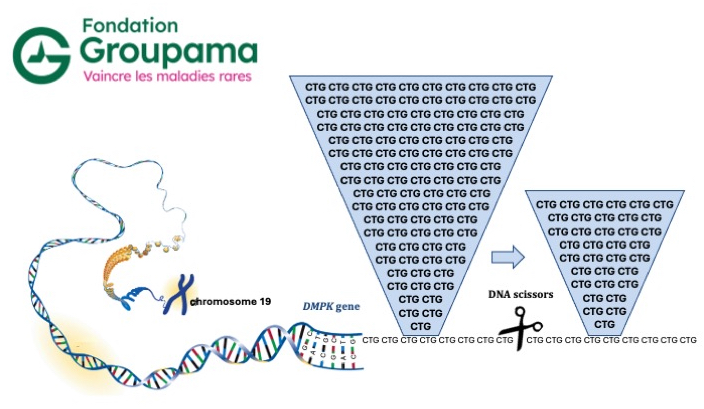
FASEB CONFERENCE ON DYNAMIC DNA STRUCTURES IN BIOLOGY
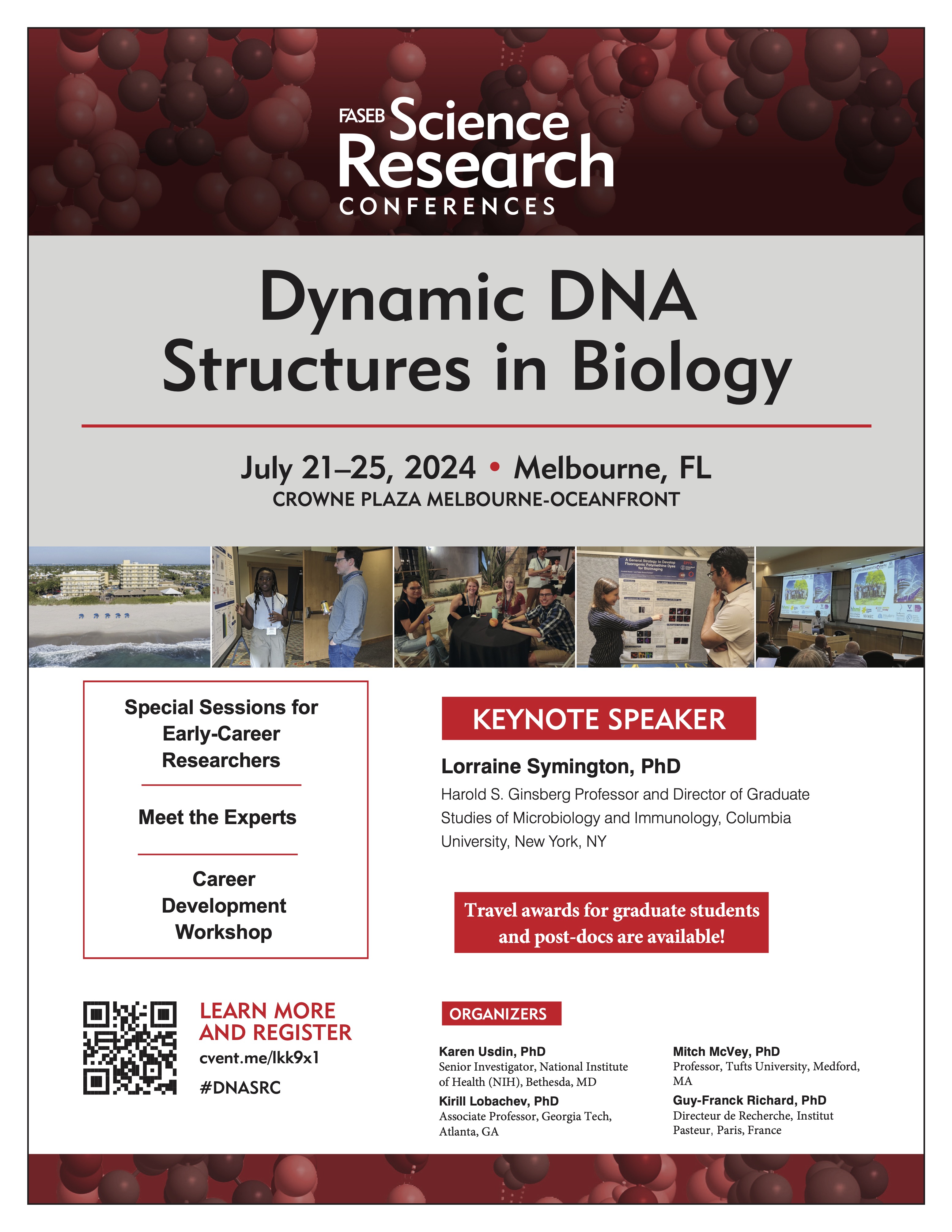
Program includes:
· Biochemical and Single Molecule Analysis of DNA structures
· Structure-induced genome instability
· G quadruplexes and telomeres
· Expansion-prone repeats in human disorders
· Gene therapy for diseases caused by repeat expansion
· Blocks to replication
· Chromosome fragility
· RNA-mediated genome instability
· New technologies for the analysis of Dynamic DNA
· Transposable elements, viruses, and parasites
Guy-Franck Richard was one of the co-organizer of the 2024 conference
UTOPIALES NANTES 2021 AND 2022
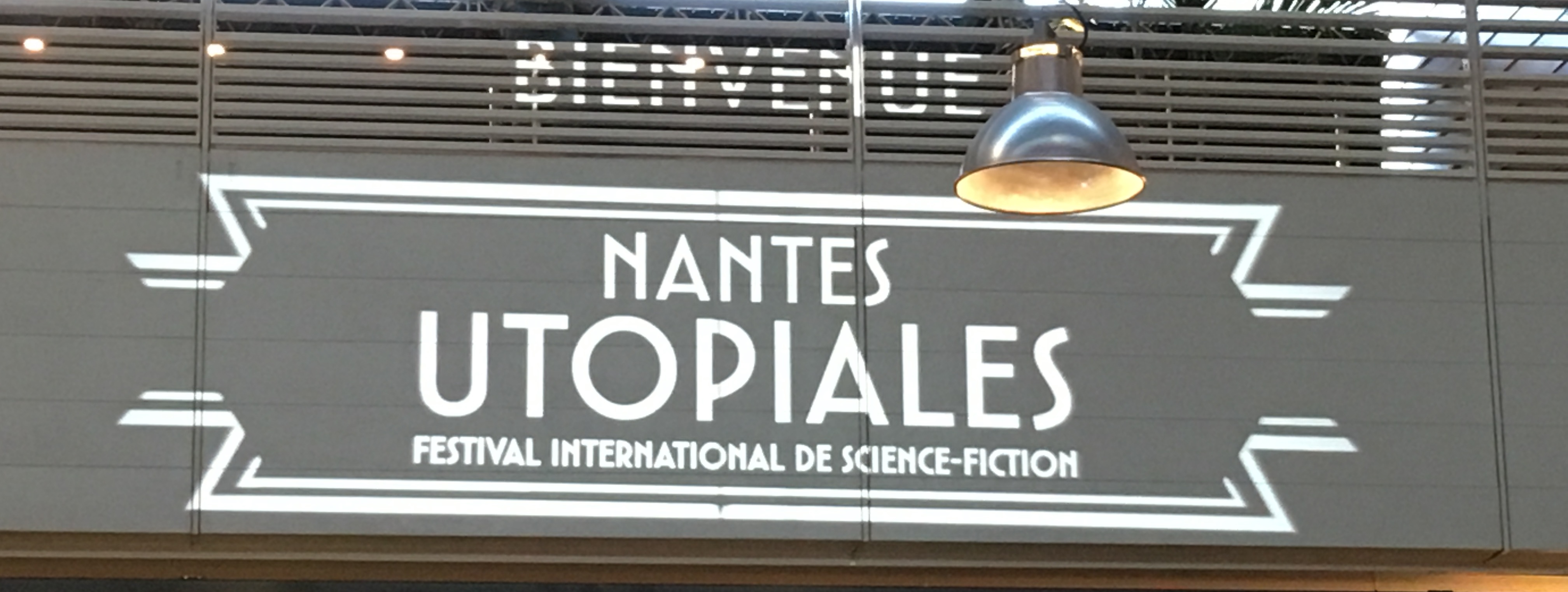
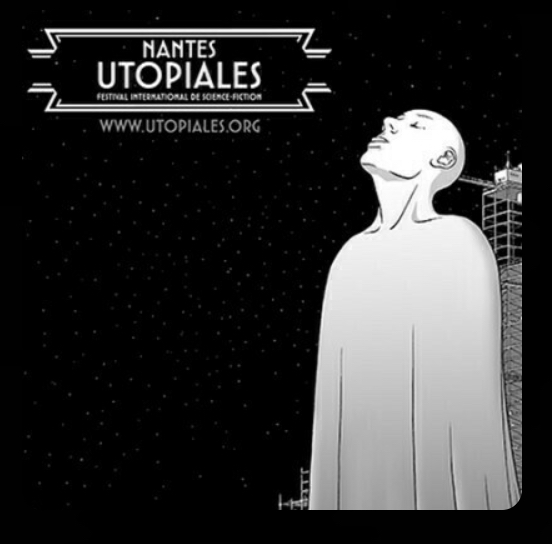
Podcast: L’orgueil de la Science
With : Guilhem, Jérôme Santolini, Nathalie Besson, Guy-Franck Richard
Moderator : Xavier Mauméjean
Podcast: Le meilleur des Mondes
With : Guy-Franck Richard, Betty Piccioli, Guillaume Lecointre
Moderator : Éric Picholle
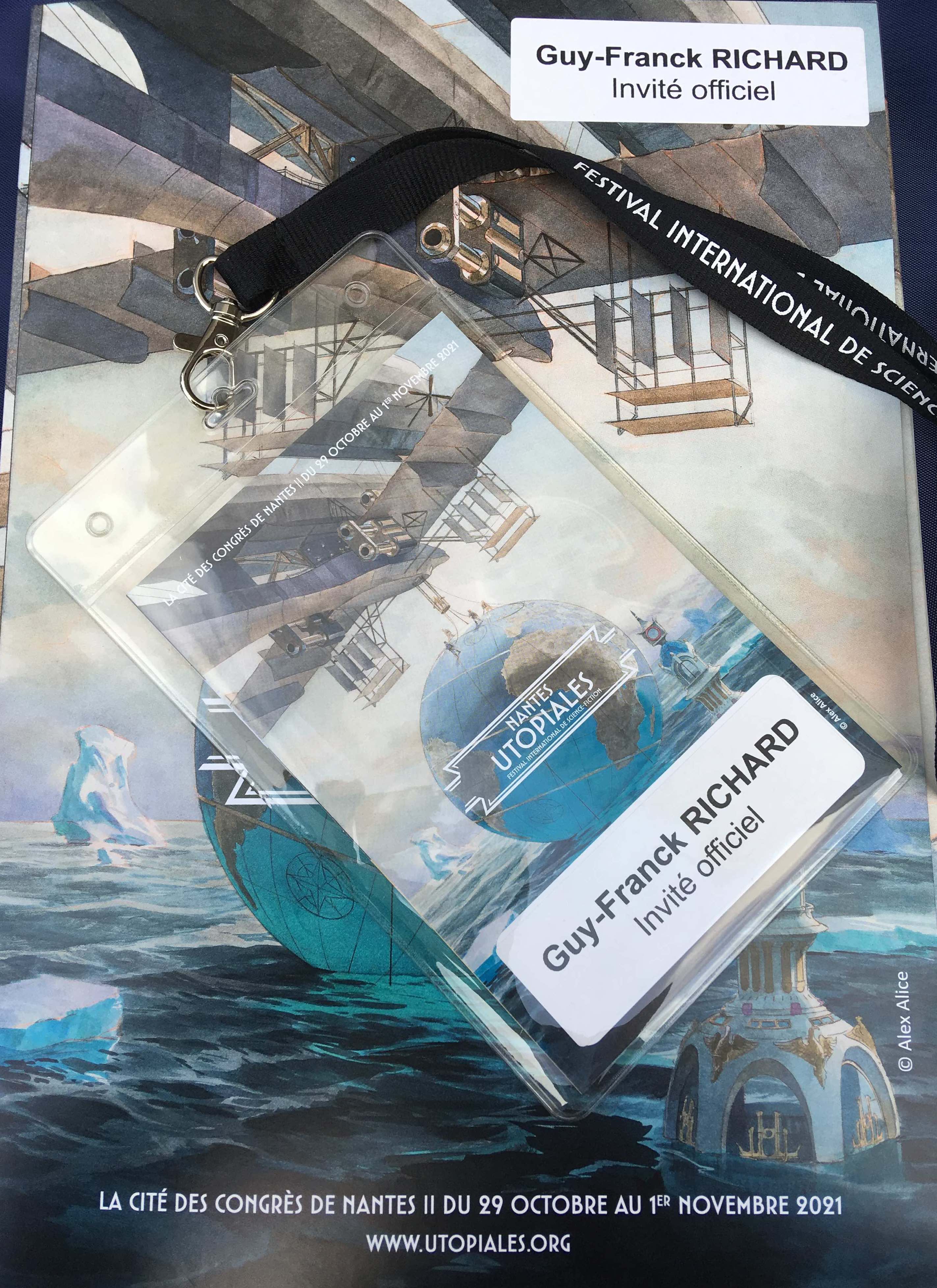
XIXème MATINEE DES OENOLOGUES DE BORDEAUX
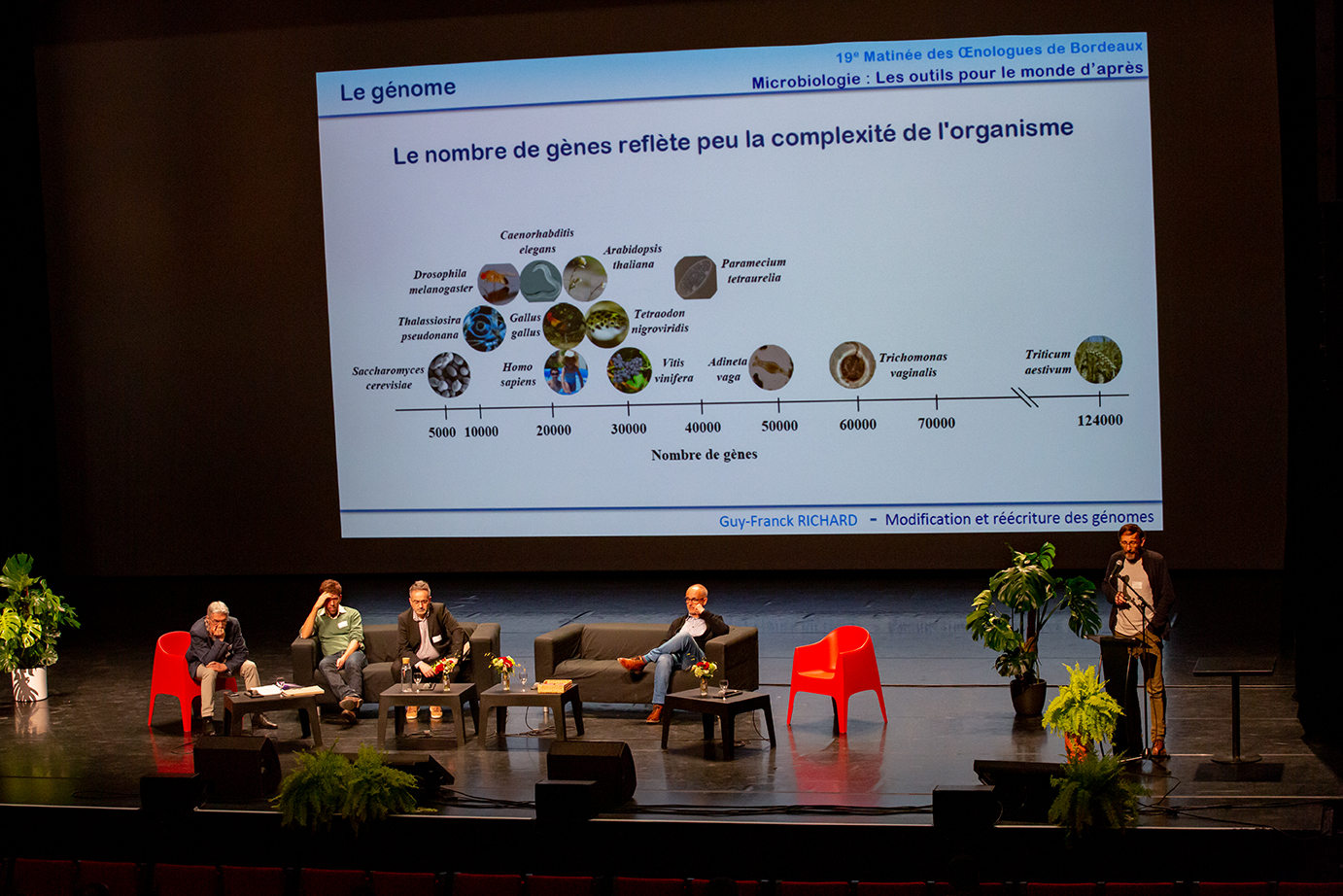
MICROBIOLOGIE : Les outils pour le monde d’après
All living things – bacteria, plants and animals – are mutants. Mutations are a source of genetic diversity and a powerful evolutionary engine, subject to natural selection, as proposed by Charles Darwin as the mainspring of species evolution. But at the dawn of the 21st century, the possibility of artificially mutating genomes is within our grasp. Genome manipulation tools, combined with the ability to synthesize long DNA fragments, open up astonishing prospects for curing genetic diseases and modifying or creating new plant and animal species. The stakes are as high as the risks.
In this presentation, Guy-Franck Richard will explore the following questions. What is a mutant? Is there a difference between a natural mutation, selected by nature over thousands of years, and a mutation artificially created by man? What tools are available for modifying genomes, and what different methods are used? Will the recently discovered CRISPR systems speed up research in this area? What are their advantages and limitations? What are the risks involved in modifying genomes, and what technological and legal safeguards need to be put in place? Finally, could the synthesis and modification of genomes to create new animal and plant species help mankind to meet the challenges of the 21st century?
